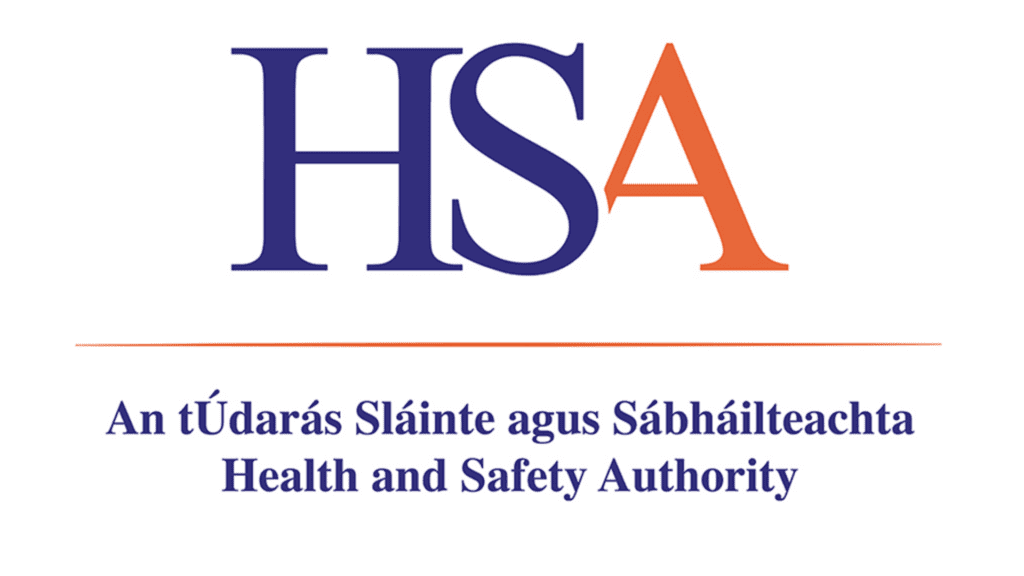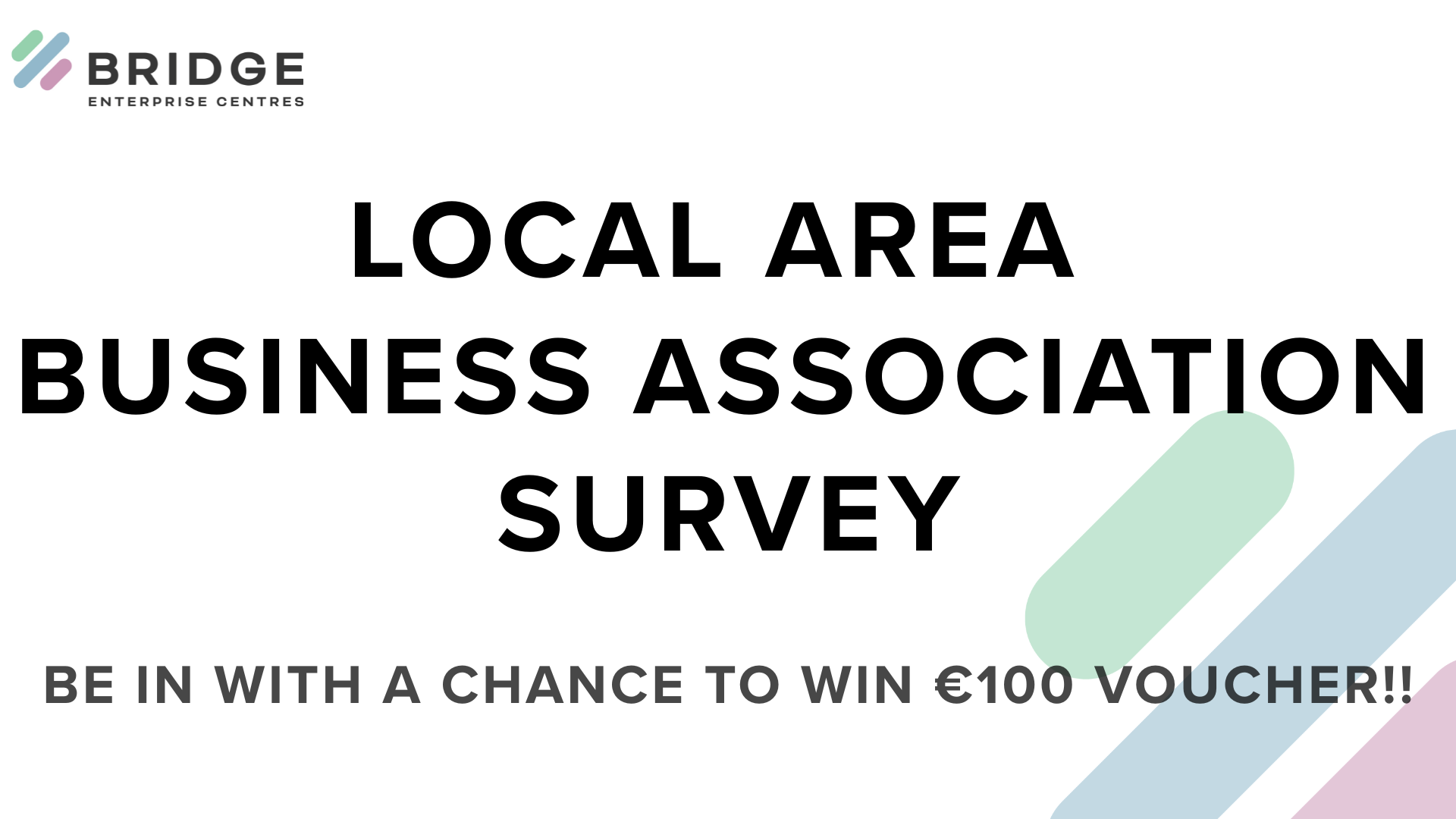
In any workplace, the health and safety of employees is paramount. For Irish businesses, this involves adhering to specific first aid requirements set forth by the Health and Safety Authority (HSA). Understanding these regulations is crucial for employers to ensure they provide a safe working environment and comply with legal obligations. This article outlines the key first aid requirements for businesses in Ireland, emphasising the importance of preparedness, appropriate training, and the provision of necessary resources.
The Safety, Health, and Welfare at Work (General Application) Regulations 2007 outline the legal requirements for first aid in the workplace in Ireland. These regulations mandate that employers must assess the risks present in their workplace and provide appropriate first aid measures. The extent and nature of these provisions depend on several factors, including the size of the workforce, the nature of the work, and the level of risk associated with the work activities.
Risk Assessment
A thorough risk assessment is the first step in determining the first aid needs of a workplace. This assessment should consider the following:
- The number of employees and visitors to the workplace.
- The nature and scope of work activities, including any specific hazards or risks (e.g., chemicals, machinery).
- The layout and size of the premises, including multiple floors or buildings.
- The location of the workplace in relation to emergency medical services.
Based on this assessment, employers can determine the necessary first aid facilities, the number of trained first aiders required, and the specific first aid equipment needed.
First Aid Personnel
The regulations stipulate that employers must have an adequate number of trained first aiders available at all times. The exact number of first aiders depends on the risk assessment. For example, in low-risk environments such as offices, a single trained first aider may suffice for up to 50 employees. In higher-risk workplaces, such as factories or construction sites, more first aiders will be necessary.
First aiders must undergo certified training to ensure they are capable of providing effective assistance in the event of an injury or illness. Training courses typically cover a range of topics, including:
- Basic life support (BLS) and cardiopulmonary resuscitation (CPR).
- Use of automated external defibrillators (AEDs).
- Treatment of wounds and bleeding.
- Management of burns, fractures, and other injuries.
- Handling of medical emergencies such as heart attacks or strokes.
Certified courses are available from recognised training providers, and first aiders must undertake regular refresher courses to maintain their certification and stay updated with the latest first aid practices.
First Aid Equipment and Facilities
Employers must provide appropriate first aid equipment and facilities based on their risk assessment. At a minimum, this includes:
- A well-stocked first aid kit containing essential items such as bandages, antiseptics, gloves, and dressings.
- Additional supplies relevant to specific workplace hazards (e.g., eye wash stations for workplaces with chemical risks).
First aid kits should be easily accessible and clearly marked, and their contents should be regularly checked and replenished. In larger workplaces or those with multiple floors, additional first aid kits may be necessary.
Additionally, workplaces must have a designated first aid room if the risk assessment deems it necessary. This room should be easily accessible, well-lit, and equipped with a bed, a sink with hot and cold running water, and other necessary medical supplies.
Communication and Record Keeping
Employers must ensure that all employees are aware of the first aid arrangements in place. This includes providing information about:
- The location of first aid kits and rooms.
- The names and contact details of trained first aiders.
- Procedures to follow in the event of an emergency.
Clear signage should be displayed throughout the workplace to guide employees to first aid resources quickly. Moreover, employers should establish a system for recording all first aid incidents. This documentation is crucial for identifying trends and potential hazards, thereby improving workplace safety over time.
Continuous Improvement and Compliance
Regular reviews of first aid arrangements are essential to ensure they remain adequate and effective. Employers should periodically re-evaluate their risk assessments, especially when there are changes in the workplace, such as new equipment, processes, or an increase in staff numbers.
The Health and Safety Authority conducts inspections and enforces compliance with first aid regulations. Non-compliance can result in penalties, including fines and legal action. Therefore, it is in the best interest of employers to stay informed about their obligations and continuously strive to enhance their first aid provisions.
First aid requirements for Irish businesses are designed to protect employees and create a safe working environment. By conducting thorough risk assessments, providing adequate training, and ensuring the availability of appropriate first aid equipment and facilities, employers can fulfil their legal obligations and promote the well-being of their workforce. Continuous improvement and compliance with the HSA regulations are key to maintaining a safe and healthy workplace.









